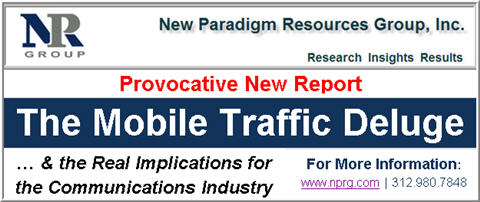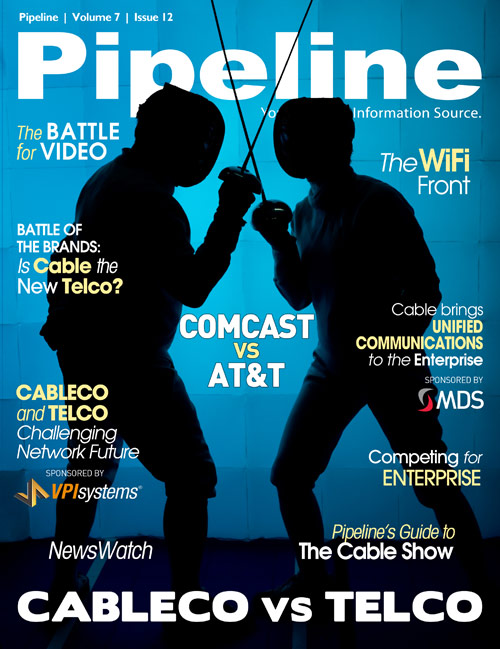Furthermore, while Comcast's "xfinity" rebranding didn't win it any popularity contests in the mainstream media, the triple-play options that xfinity has brought about really have helped its positioning in the market. The app that Comcast offers iPad/iPhone/Android users came before AT&T's much less robust U-Verse app offering, and has garnered a lot of positive press for the cableco, as well as generated a perception of being able to meet subscriber needs and wants in an agile and perceptive manner. However, AT&T's press contacts tell me that their latest value-adds for subscribers include U-verse Mobile, which lets customers manage recordings remotely and watch TV shows on more than 14 devices, U-verse Online, where online users can watch some 100,000 titles of TV shows, movies and video clips, as well as take advantage of remote DVR management, the ability to pay bills, and other user features. It's a step in the right direction.
Voice
Meanwhile, AT&T continues to bleed wireline customers. Wireline voice revenue was down 12.5% between Q1 2010 and Q1 2011. On the other hand, Q42010 numbers (the most recent available at press time) for Comcast show that it added 257,000 voice customers, up about 6 percent over the year previous. VoIP, then, continues to march against the phone systems of old.
Data
Broadband service is growing among most carriers, but AT&T's growth has been anemic compared to Comcast's explosion. According to research firm Strategy Analytics, Comcast led the US market in broadband subscriber growth in 2010, adding 1 million net customers over the course of the year. Second place in broadband growth went to none other than AT&T, but with a rate just over half of that demonstrated by Comcast.
I asked representatives from each company what made their data offerings stand out. "Three things," said Comcast's Peter Dobrow, Executive Director of Corporate Communications at Comcast. "Speed, price and security." The speeds range from 1.5 to 105 Mbps and are offered to 40 million homes. "Our prices for all these services are very competitive with what telcos offer," Dobrow said. "We also offer the most comprehensive security suite of services to our Internet customers for no additional charge."


"With U-verse High Speed Internet," said AT&T's Melguzio, "we're focusing on your entire surfing experience. It's about speed, value and mobility." That last point is of particular salience. "Wireless home networking capability and access to the nation's largest Wi-Fi network is included for all U-verse Internet."
Aha. The mobile angle. Which leads us to…
The Rest of the Story
I said at the outset of this piece that the battle between cablecos and telcos is fiercest in the residential market. It's the home where these titans spar most vehemently. However, during a roundtable discussion I chaired a few years ago, several cableco execs pointed out something interesting. They noted that as more and more consumers start to carry more complex and data-hungry devices, and as they want to be able to access many of the same things on the go as they would be able to at home, the definition of the home, itself, is changing. It is no longer a building. It's an experience. It's a place where one can be found, and where valuables can be stored, and communications with friends and family take place. Increasingly, consumers desire that home experience anywhere.




